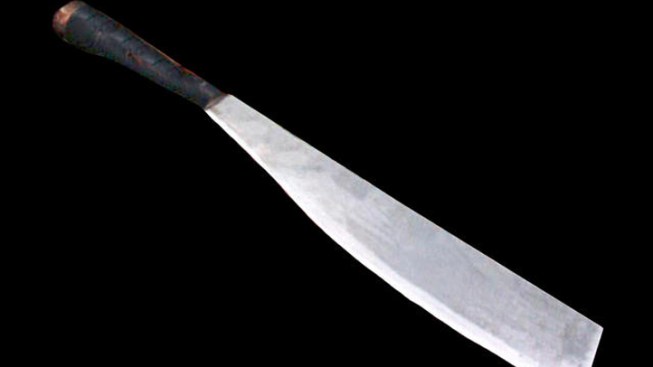
Richard Lee Turits is a professor of Latin American Studies at William and Mary College in Virginia. His research focuses on Caribbean history, specifically Hispanic history in the Dominican Republic and Haiti[1]. Turits’ article “A World Destroyed, A Nation Imposed: The 1937 Haitian Massacre in the Dominican Republic” (2002) is a historical essay arguing that the Haitian massacre is both genocide and an all-out assault on a bicultural and transnational community[2]. Although Turits’ essay includes testimonies of Haitians and Dominicans before and after the massacre, this article is a secondary source because Turits makes a thesis about a historical time and supports it throughout the article.
Our new unit in Race and Latin American History is Race and Nation in the Dominican Republic. Turits’ article, as well as the genocide itself heavily, relates to our current unit. As the essay explains, the distinction between Haitian and Dominican was incredibly vague. For one the two countries especially near the border intermarried and mixed for generations[3] discrediting the argument that skin color actually played a critical role in determining who and who was not Haitian during the massacre. What seemed to play more of a role in the massacre was cultural identity and stereotypes[4] and nationalist ideology stemming from the Trujillo Regime[5]. The genocide of 1937 allows us to question what nationality means and how race is involved in that type of identity.
Turits’ essay on the Haitian massacre is well written an informative. It doesn’t surprise me that the article won an award1 and was translated into Haitian Kreyòl[6]. Turits’ highlights background information such as the border region between Haiti and the Dominican prior to the massacre which gives the reader a strong understanding of the relationship between the two countries. The testimonies supplemented throughout the essay also provide firsthand accounts of the massacre which allows the reader to feel this tragedy. This essay flows well and is clearly divided into sub-topics breaking down the before and after of the massacre extremely well. My only complaint was that it was not longer.
Questions:
- How did Trujillo come to power who influenced his nationalist campaign?
- According to Turits, how are native Haitians and native Dominicans determined? And what do the differences between Haitians and Dominicans say about race and nationality?
[1] William and Mary College, History Faculty. Richard Lee Turits. Web
[2] Richard Lee Turits. Hispanic American Historical Review: A World Destroyed, A Nation Imposed, (2002)
[3] Richard Lee Turits. Hispanic American Historical Review: A World Destroyed, A Nation Imposed, (2002) 596.
[4] Richard Lee Turits. Hispanic American Historical Review: A World Destroyed, A Nation Imposed, (2002) 597-599.
[5] Richard Lee Turits. Hispanic American Historical Review: A World Destroyed, A Nation Imposed, (2002) 630-633.
[6] The Conference of Latin American History. The James Alexander Robertson Memorial Prize. Web.
